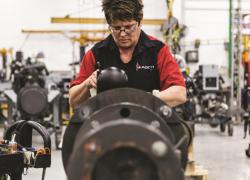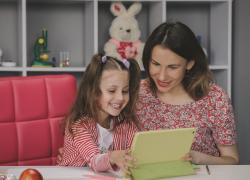Stroke Survivors with Aphasia May Be Able to Recover Language Skills
(NewsUSA) - More than 86% of people surveyed in the U.S. have never heard the term "aphasia." Aphasia is a language disorder that impairs the ability to communicate. People with aphasia may have trouble retrieving the names of objects or putting words together in a sentence. They may have trouble listening, speaking, reading or writing. This loss of language does not impact a person's intelligence.
- More than 86% of people surveyed in the U.S. have never heard the term "aphasia." Aphasia is a language disorder that impairs the ability to communicate. People with aphasia may have trouble retrieving the names of objects or putting words together in a sentence. They may have trouble listening, speaking, reading or writing. This loss of language does not impact a person's intelligence.
One million people in the U.S.are estimated to have aphasia, according to the American Stroke Association, a division of the American Heart Association, and the National Aphasia Association.
Stroke survivors with aphasia face an increased incidence of poststroke depression versus stroke survivors with no aphasia.
It is important to know that aphasia is not an intellectual disability and does not impair intellectual function. Over time, many people with aphasia are able to improve and recover their language skills.
"Stroke and aphasia recovery can feel like the movie, 'Mission Impossible,' when the mission is basically impossible, yet the team does it and wins anyway," says Tom Broussard, a stroke survivor who developed aphasia in 2011 and has since become a stroke and aphasia educator.
"Others often think that it can't be done, but people who have lost their language still have the skills to do the impossible and regain their language again," he emphasizes.
Communication plays an important role in recovery. If someone can't express pain or depression, they can't get help.
The American Stroke Association and the National Aphasia Association are collaborating to help stroke survivors beat aphasia. They offer these strategies:
- Be patient and allow extra time.
- Use different options to communicate, including writing, facial expressions, speaking, pictures and phone/communication apps.
- Confirm what was said.
Broussard offers several tips that have helped him with his recovery, including starting a journal to record progress. He recommends reading aloud and recording yourself; also playing word and letter games such as ScrabbleTM and BoggleTM, and other card games and board games.
"One thing I wish that everyone knew about aphasia is that the brain really can rewire its language with persistent and repetitive language activities," he says.
Visit stroke.org/aphasia for more information.

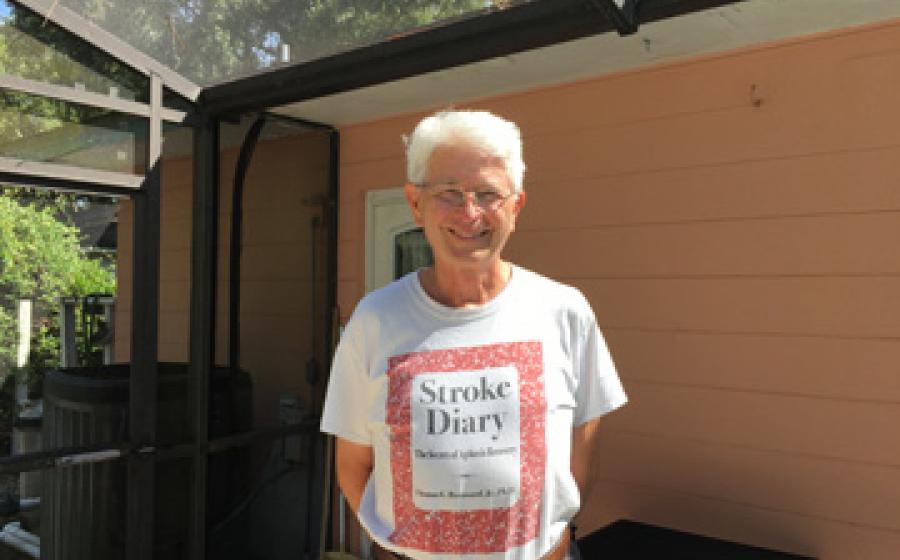
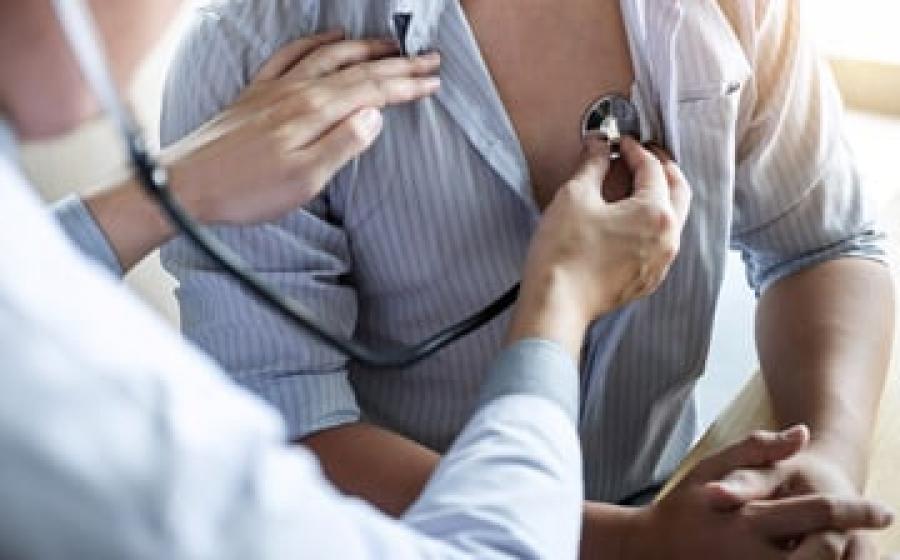
 - As the threat of COVID-19 continues, doctors and patients are considering the long-term impact of the pandemic on public health, especially heart health.
- As the threat of COVID-19 continues, doctors and patients are considering the long-term impact of the pandemic on public health, especially heart health.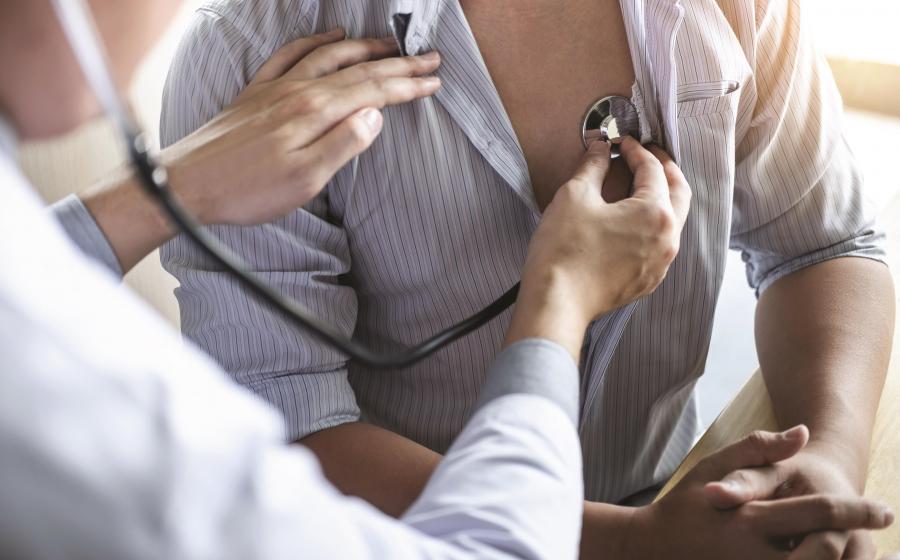

 - High blood pressure occurs in almost half of American adults, and you may not know you have it until you experience complications, such as heart attack, stroke, kidney failure, vision loss or sexual problems. In addition, having high blood pressure could contribute to worst COVID-19 outcomes, according to the American Heart Association.
- High blood pressure occurs in almost half of American adults, and you may not know you have it until you experience complications, such as heart attack, stroke, kidney failure, vision loss or sexual problems. In addition, having high blood pressure could contribute to worst COVID-19 outcomes, according to the American Heart Association.
 - Offices around the country are finally opening back up. According to census.gov, more than a third of Americans are still working from home , but the number of people getting back into their daily commutes-and their work clothes -- is growing every day.
- Offices around the country are finally opening back up. According to census.gov, more than a third of Americans are still working from home , but the number of people getting back into their daily commutes-and their work clothes -- is growing every day.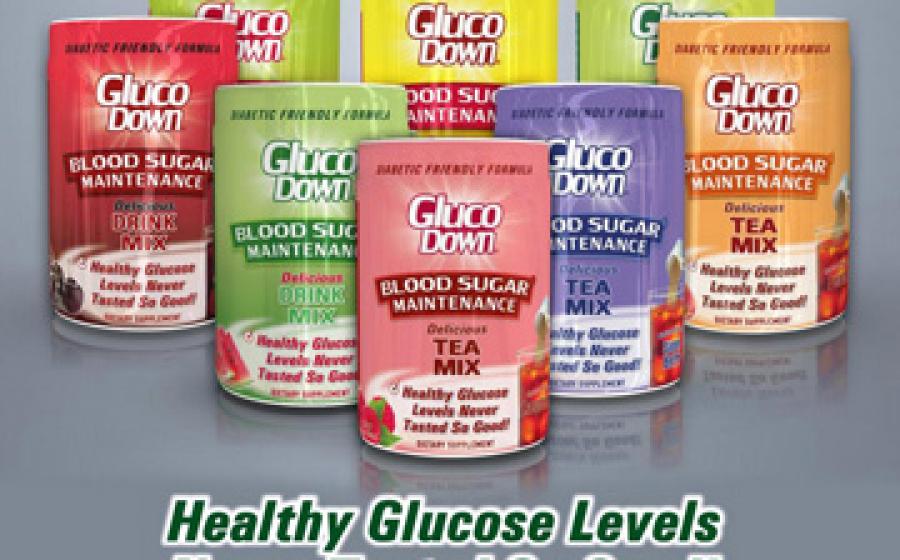
 - Today's consumers are looking for beverage choices that offer far more than just great taste. Whether for increased energy or hydration, the "functional beverages" category is expanding rapidly as America's middle age and older persons are focusing on nutrition and other positive lifestyle changes to live healthier lives. For those over 45 years, maintaining healthy blood sugar is increasingly important. Many in this age group are pre-diabetic and at future risk for heart disease, stroke and other complications.
- Today's consumers are looking for beverage choices that offer far more than just great taste. Whether for increased energy or hydration, the "functional beverages" category is expanding rapidly as America's middle age and older persons are focusing on nutrition and other positive lifestyle changes to live healthier lives. For those over 45 years, maintaining healthy blood sugar is increasingly important. Many in this age group are pre-diabetic and at future risk for heart disease, stroke and other complications.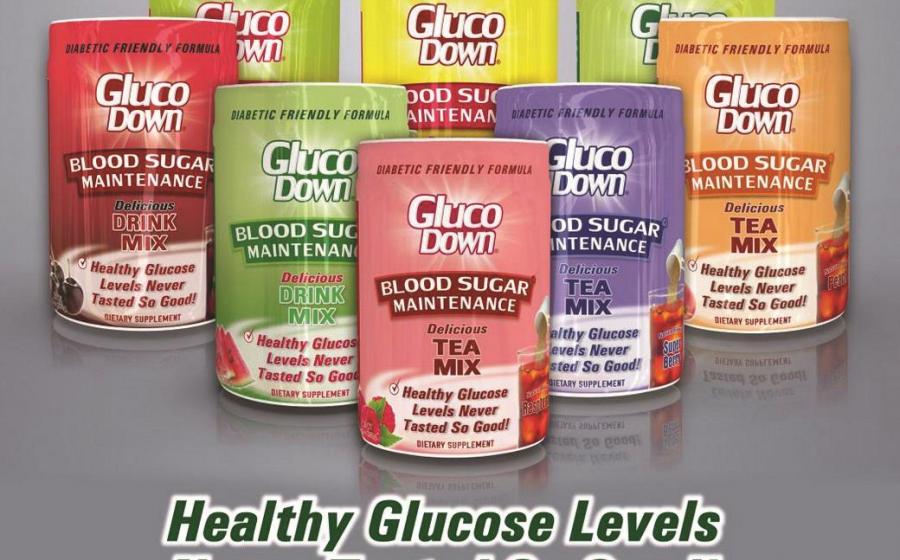
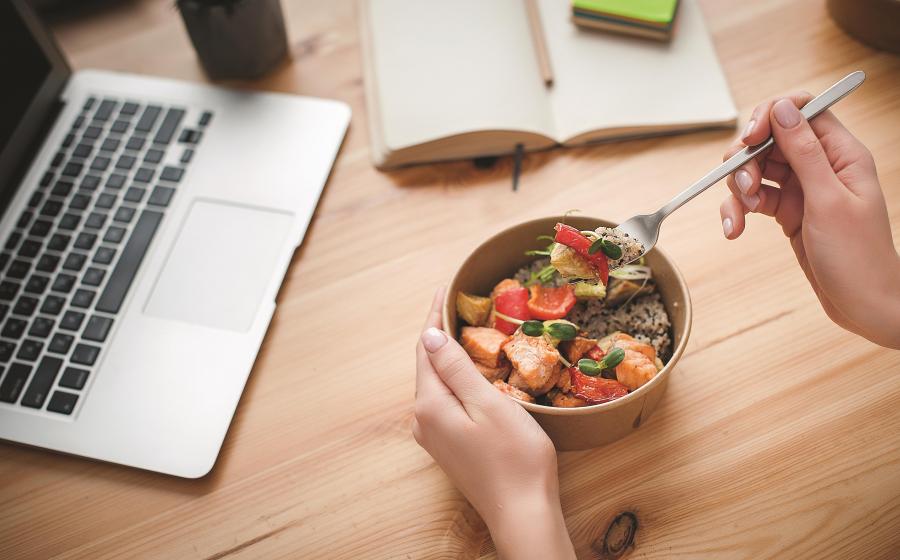
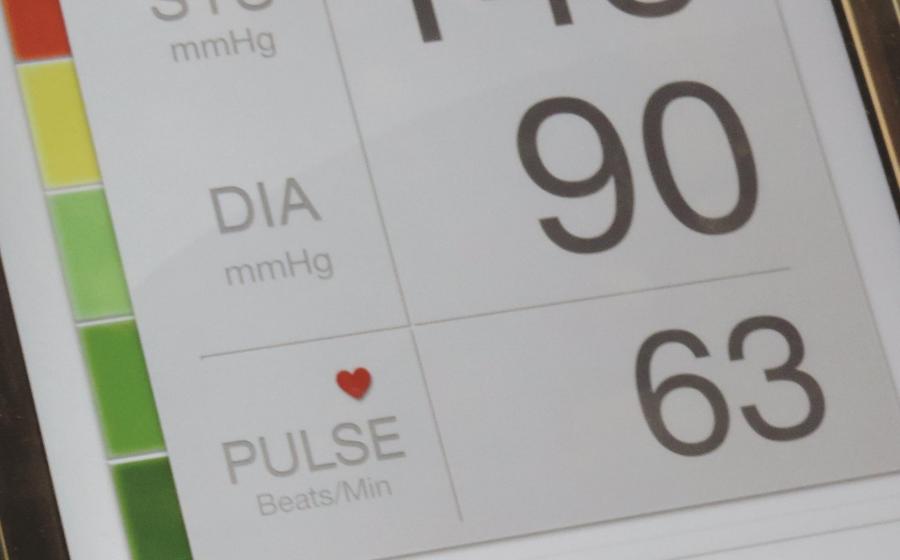
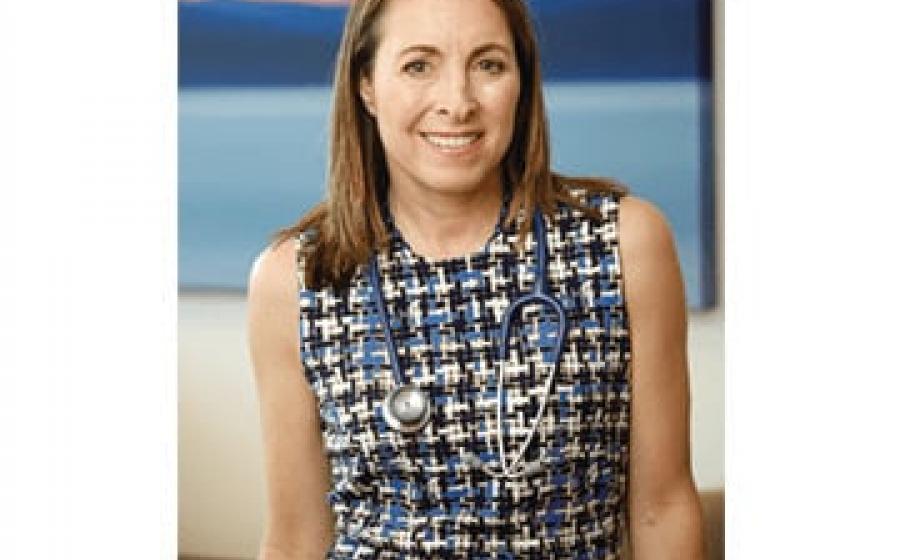
 - The pandemic created a major shift in the way people consume - and, more importantly, trust - information, especially as it relates to vaginal health. In fact, a
- The pandemic created a major shift in the way people consume - and, more importantly, trust - information, especially as it relates to vaginal health. In fact, a 
